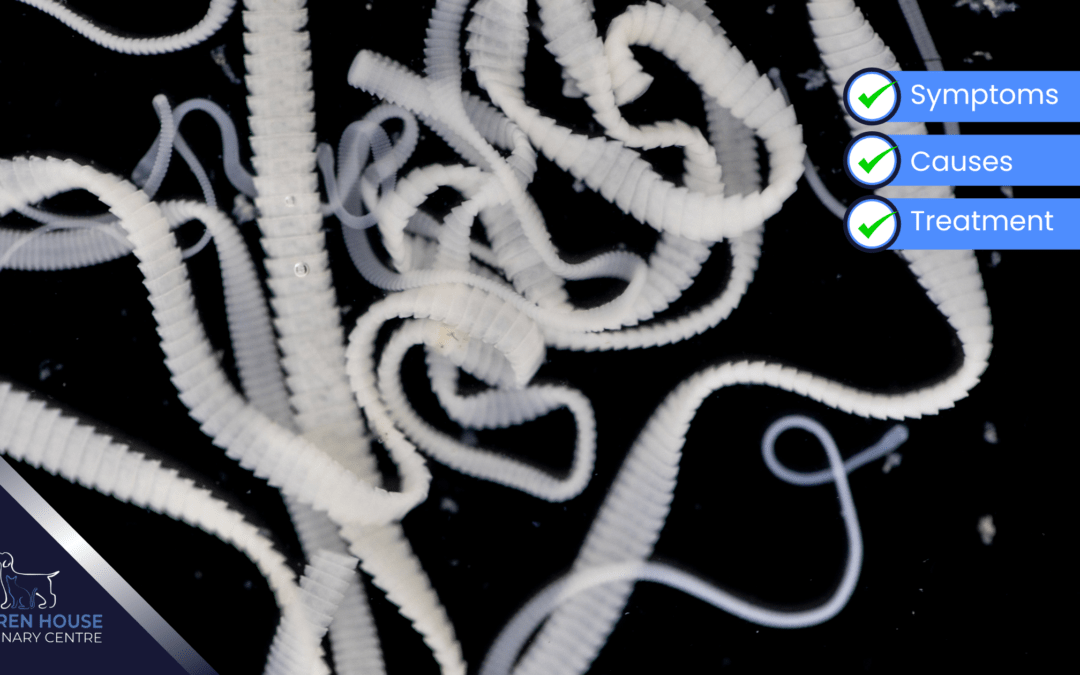Tapeworms match their name, and look like long ribbons or pieces of tape. Itchy, unpleasant, and common, keeping your dog & cat free of tapeworms is simple and a great way to keep them healthy and happy.
What are tapeworms?
Tapeworms match their name and look like long ribbons or pieces of tape. Itchy, unpleasant, and common.
The most common species of tapeworm that our dogs carry is Dipylidium caninum, which affects dogs more commonly than any other pet. Although Dipylidium caninum is relatively short, usually maxing out at around 50cm!
Tapeworms are divided into lots of small segments, which can be up to 1cm each in length in dogs, depending on the tapeworm species. Adult tapeworms live in the small intestine and attach to the lining with specialised mouthparts.
Here, they sit and absorb nutrients from the gut. Tapeworms reproduce when some of their segments break off. These segments are full of tapeworm eggs, and are passed out in the faeces of your dog or cat. They are often described as looking like moving grains of rice.
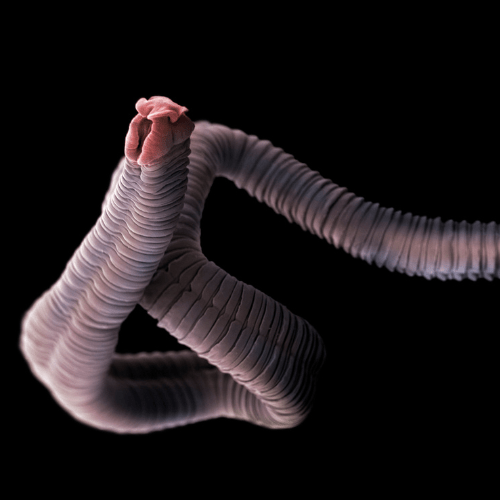
How can my pet get tapeworms?
Some species of tapeworm can migrate into muscle and form cysts. Dogs & cats may become infected by eating undercooked or raw meat from infected animals.
Fleas can carry Dipylidium caninum larvae. Dogs & cats can swallow infected fleas when grooming, and become infected themselves. This is a major route of infection with Dipylidium caninum for both dogs & cats in the UK.
From contact with infected pets or ground that has become infected with tapeworms via faeces. This can include sheep and cow faeces which carry Taenia tapeworms.
What are the signs of a tapeworm infection?
There may be no external signs of an early infection with tapeworms.
One of the first signs may be the presence of tapeworm segments in faeces or around your dog’s or cat’s back end – these are often described as looking like moving grains of rice.:
- Diarrhoea
- Itching around the anus (scooting and licking)
- Lack of energy
- Weight loss
- Poor skin and coat condition
If your pet is experiencing any of these signs and you suspect that they might have worms then you should make an appointment with us.

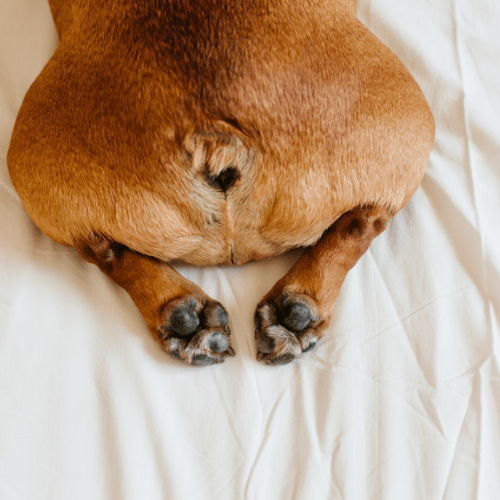
How to prevent tapeworm?
If you’re looking for tapeworm medicine for dogs and cats , the best thing to do is to go to your vet.
We can do a full physical examination, and check your dog or cat over from nose to tail!
If there is a risk your pet may have worms, your vet will prescribe a worming treatment suitable for your pet, which should eliminate the worms.
They can also help you plan a worm prevention plan going forward too, to make sure your pet stays protected.
Hookworms
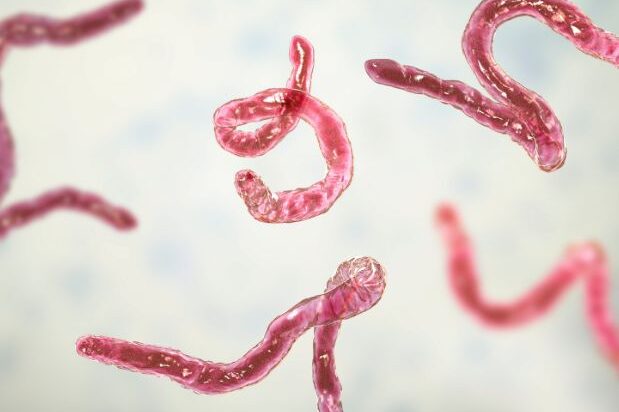
Hookworms are a small type of roundworm and grow up to 16 mm in length. Despite their small size, however, they can still cause problems in our cats, although much less frequently than in dogs. Using sharp jaws, hookworms latch on to the inside of the wall of the small intestine and feed off blood from the small vessels there.
Lungworms
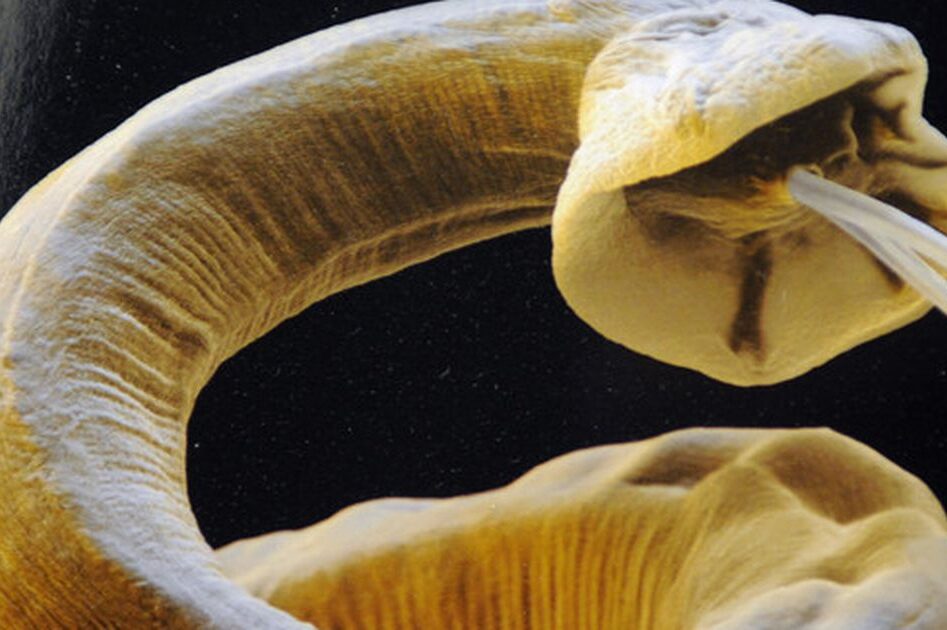
Lungworms are short worms, only reaching 2.5cm in length as adults, which live within the chambers of the heart of our pets, and in the artery that connects the heart to the lungs. Despite their main home being in the heart, these worms are called lungworms as they cause mainly lung-related signs such as coughing.
Protecting your family’s health
As Dipylidium tapeworms are most commonly transmitted by consuming an infected flea, the risk to human health is quite small as we are much less likely to accidentally eat a flea.
We hope this information has been helpful to you, for more information or questions regarding tapeworms, please don’t hesitate to get in touch with our team.
Thank you for reading, until next time…

